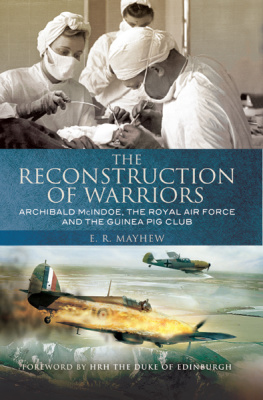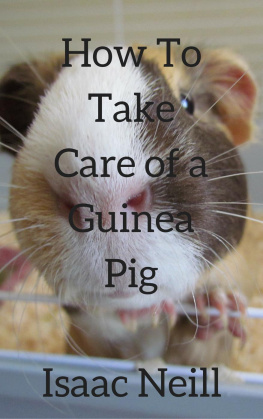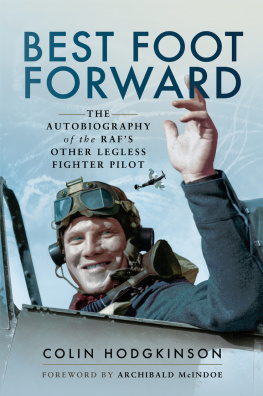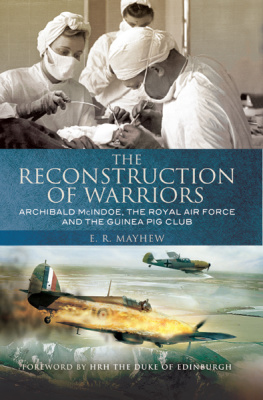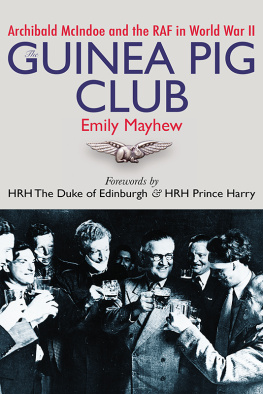A Greenhill Book

First published in Great Britain in 2004 by
Greenhill Books, Lionel Leventhal Limited
www.greenhillbooks.com
Reprinted in this format in 2010
by Frontline Books

an imprint of
Pen & Sword Books Ltd
47 Church Street
Barnsley
South Yorkshire
S70 2AS
Copyright E.R. Mayhew, 2004
ISBN: 978 1 84832 584 5
PDF ISBN: 978 1 78337 537 0
EPUB ISBN: 978 1 84468 768 8
PRC ISBN: 978 1 84468 769 5
The right of E.R. Mayhew to be identified as author of this work has been asserted by her in accordance with the Copyright, Designs and Patents Act 1988
A CIP catalogue record for this book is available from the British Library
All rights reserved. No part of this book may be reproduced or transmitted in any form or by any means, electronic or mechanical including photocopying, recording or by any information storage and retrieval system, without permission from the Publisher in writing.
Printed and bound in England by CPI
For a complete list of Pen & Sword titles please contact
PEN & SWORD BOOKS LIMITED
47 Church Street, Barnsley, South Yorkshire, S70 2AS, England
E-mail:
Website: www.pen-and-sword.co.uk
Contents

Illustrations

Unless otherwise indicated, all cartoons and line drawings are courtesy of The Guinea Pig and were drawn by club member Henry Standen, despite his severely burned hands. All photographs have been supplied by members of the Guinea Pig Club and from the archives of the museum at the Queen Victoria Hospital at East Grinstead.
Plates (Between pages 96 and 113)
Text Figures
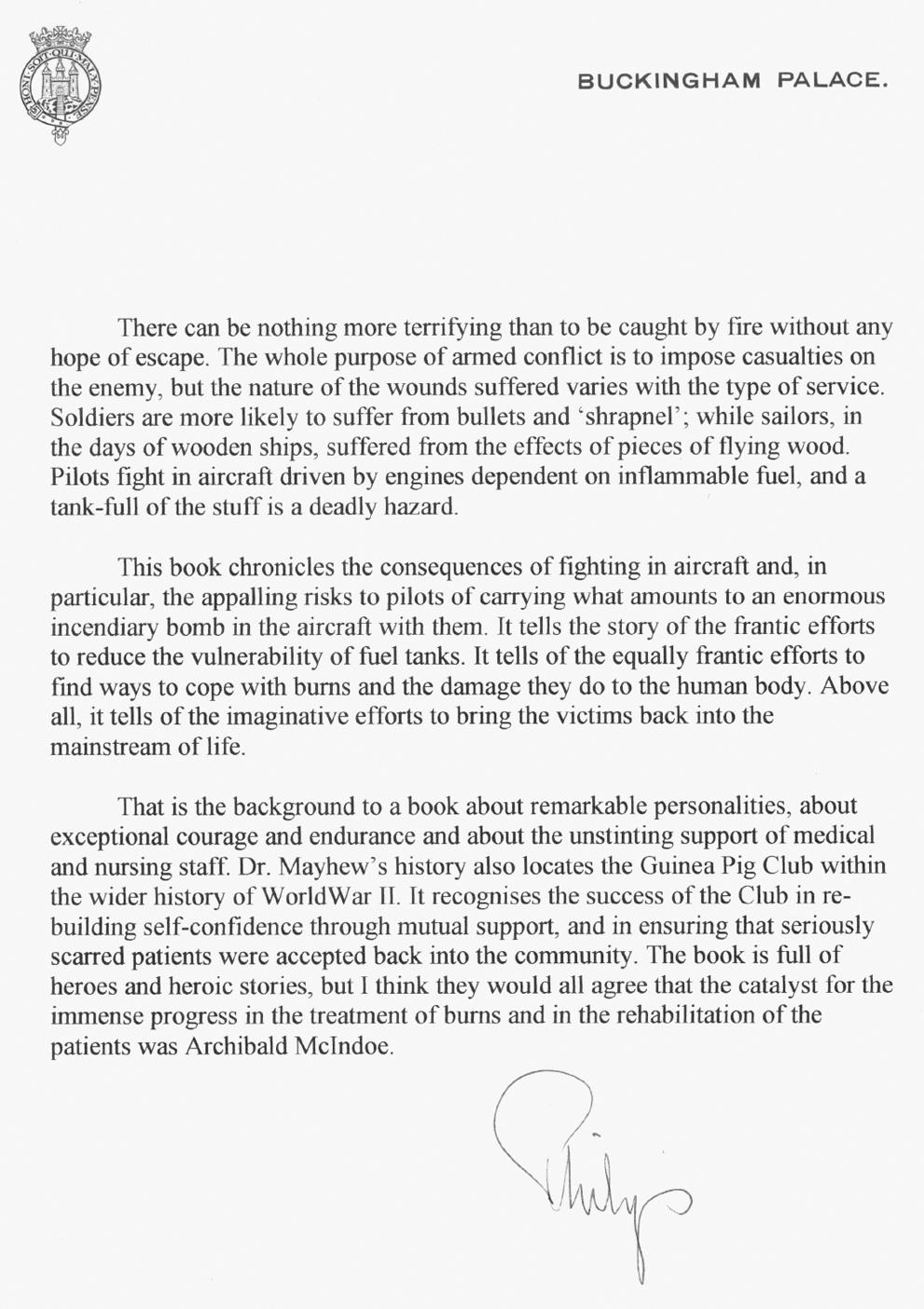
Acknowledgements

It has been my very good fortune to have received the greatest possible help and encouragement during the research and writing of this book from everyone I approached connected with East Grinstead, as well as members of the academic and medical community and many, many others. I hope I have remembered everybody in the list that appears below, and that they are satisfied with the end result of all our efforts.
Jack Toper, editor of The Guinea Pig, has been endlessly patient with my questions over three years of research and has provided me with answers, enthusiasm and some wonderful photographs. The Guinea Pig Clubs Chief Executive for Welfare, Jack Allaway, has been similarly helpful, especially with the provision of a copy of New Faces for Old, in which he starred. From the Guinea Pig Club itself, Betty and John Bubb, Bob Martin, William Foxley and Ronald Humphreyes provided photographs and memories, as did Derek Martin who also gave me access to his remarkable memoirs. Vanora Marland, Sir Archibald McIndoes daughter, gave generously of her time and encouragement, with the grace and charm that characterises all her work with the Guinea Pig Club and the RAF Benevolent Fund. Two former East Grinstead nurses gave me great insight into their daily lives caring for the boys: Nira Hanbury and in particular Rosemary Langford. Nigel Dutts memories of his parents, who were both on the staff at East Grinstead, were similarly appreciated. I was able to draw on the resources of the Guinea Pig Club museum at East Grinstead courtesy of its curator Bob Marchant. Thanks go to him not only for his efforts on my behalf but also for creating and maintaining this museum from scratch and single-handed, for no other reward than the gratitude of all its thousands of visitors.
This book could not have been written without the support, guidance and imagination of Professor David Edgerton who leads the Centre for the History of Science, Technology and Medicine at Imperial College London. Dr Stephen Bungay, author of Most Dangerous Enemy, the best Battle of Britain history to date, was beyond generous in his insights into the tactics and technology of fighter combat, as well as into the mysteries of the publishing process. Dr Matthew Godwin was similarly openhanded with his own research into Civil Defence casualty provision. Professor David French and Dr Paul Addisons close and careful reading of the original thesis also informed the structure of the final manuscript to its great benefit.
Telling the story of Major David Charters and his efforts on behalf of the burned prisoners of war would simply not have been possible without the brilliant detective work of Joan Howe. Through her, I was able to talk to Mrs Margaret Charters, and her children, who provided the photographs and memories of the quiet hero who preferred anonymity when he returned home from Germany. Through the pages of the Journal of the Royal Society of Ophthalmology Margaret Hallendorff and her staff enabled me to contact colleagues of Major Charters. Thanks go to Brian Beveridge for details of Major Charters work post-war, and Archibald Wright Thomson, whose memories of life and medical practice inside the PoW camp system have been invaluable. Two patients of Major Charters in particular provided me with wonderful insights and thanks are due to Jack McEvoy and Lord Hussey for their time and pains. Lord Husseys autobiography, Chance Governs All, is the only other source to mention David Charters and his work at Bad Soden. Thanks go to Dr Hannah Gay for bringing Lord Husseys autobiography to my attention in the first place.
The medical and technical expertise of Drs Alasdair and Annabel Emslie and Dr Colin Hughes have done much to ensure the accuracy of what follows. Equally appreciated were the comments and encouragement received from Dr Jessica Reinisch and Christian Dinesen. Early and sustained enthusiasm for the project came from Albert Applegath. Peter Mountains readiness to help with the photographs was gratefully received, as were the sharp-eyed contributions of Tom David and Richard Emslie. Ciaran McConville and the other members of the Debut Theatre Company were a late but welcome inspiration, as was Karen Kelly who directed the BBC documentary The Guinea Pig Club. Thanks are also due to the members of staff from the Imperial War Museum, the Public Records Office, the RAF Museum and the Spitfire Society. As necessary as all of the above was the patience and support of my family, from within whose ranks came the original inspiration for the work.

One final note: in 1942 the East Grinstead Cottage Hospital where Archibald McIndoe ran Ward III changed its name to the Queen Victoria Hospital, which it retains today. For the sake of simplicity, however, the hospital is referred to throughout as East Grinstead.
Introduction

This is a book about how new kinds of warriors and new kinds of heroes were made in Britain between 1939 and 1945. These were the warriors and heroes of the air war who were to be found, not just in fighter formations and bomber streams, but in unexpected places: on long journeys home in wounded aircraft, in battles where the weather was as hazardous as the Luftwaffe and, above all, on operating tables and in hospital wards. The Royal Air Force made these new kinds of warriors and, when hundreds of them underwent terrible ordeals by fire, remade them as very public heroes who symbolised for the Home Front the dangers and exertions of the air war itself.
Next page
